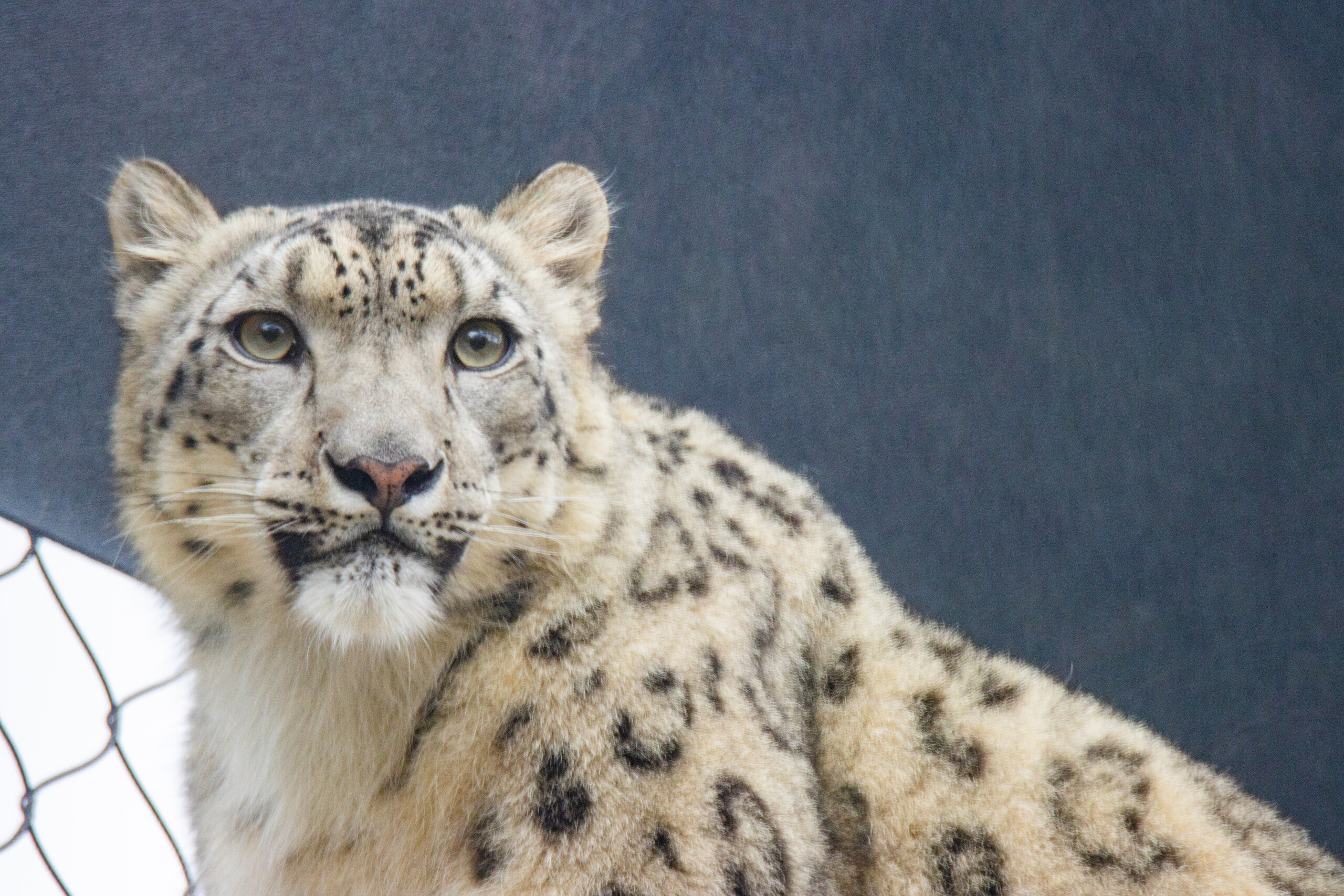The Work Is Not Over
In 2003 the GLT was “uplisted” from critically endangered to endangered by the International Union for the Conservation of Nature (IUCN), and today there are approximately 2,500 living in Brazil. This story highlights the aspirational and often-realized role of zoos, with reference to the past, the present, and even more so the future. Without the help of zoos, collectively caring for species already extinct in the wild (and many more on the cusp), outcomes would be different for a number of wildlife.
Today, despite great progress, GLTs are not safe; forest fragmentation, habitat destruction, and the future impacts of climate change continue to be issues. Yellow fever, a mosquito-transmitted disease that affects humans and many other primates, is also raging through Brazil and could reverse decades of conservation success.
In response to this new challenge, AMLD began working with scientists and other partners to adapt a vaccine for yellow fever to use on tamarins. The team began vaccinating wild GLTs in October 2020. After a significant hiatus due to COVID-19, the program has resumed and today 270 tamarins are immunized, making this one of the few examples of vaccinating wild animals to protect an endangered species.
The Zoo is home to two pairs of GLTs, located in the Rare Animal Conservation Center.
